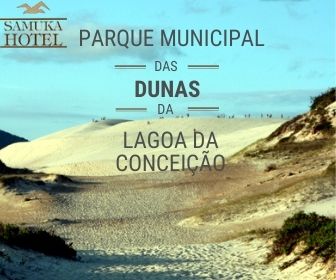Dances, songs, games, parties, revelries, demonstrations, gastronomy, belief... All this, present in each region, is part of what we call “folklore”. In addition to the celebrations, folklore brings the identity of a people, from its origins and keeps alive the essence of the place. In Florianópolis, there are legacies left by European, indigenous and African peoples, however, those of our Azorean colonizers predominate. Florianópolis, affectionately known as Magic Island, lives on its beautiful full moon nights with werewolves, witches, and other fantastic beings. That's it, the term magic has nothing to do with the natural beauty of the city, as many people think. Although this piece of land is magically enchanting for its beaches, waves and beautiful women, the bad tongues of the manezinhos (popular name of the natives) who have lived here for a long time say that at twilight the animals are different. Witches came from the Azores at the time of colonization and inhabit the island to this day. If you ask the fishermen and lacemakers of the Lagoon, they know lots and lots of stories about these characters. That, in addition to witchcraft recipes to ward off bad things. We're full of old healers, actually.
Folklore
You might also like these links:
Cinema and film clubs
Parties and Ballads
Nightclubs and Nightclubs
shows
Bars and Pubs
happy hours
Theater and Shows
Restaurants
Free
Kids
Tours and Excursions
Workshops and Workshops
Exhibitions
Courses
Permanent Courses
Sports
Lectures
Events
Fairs & Exhibitions
Other
Cinemark Cinema - Floripa Shopping
Cinema Cine Show - Shopping Beiramar
Cinema Cinesystem - Shopping Iguatemi
Cinema Paradigm Cinema Art
Arcoplex Cinema - Shopping Itaguaçu
Cinepolis Cinema - Continente Park Shopping
Arcoplex Cinema - Shopping Via Catarina
All Cinemas




